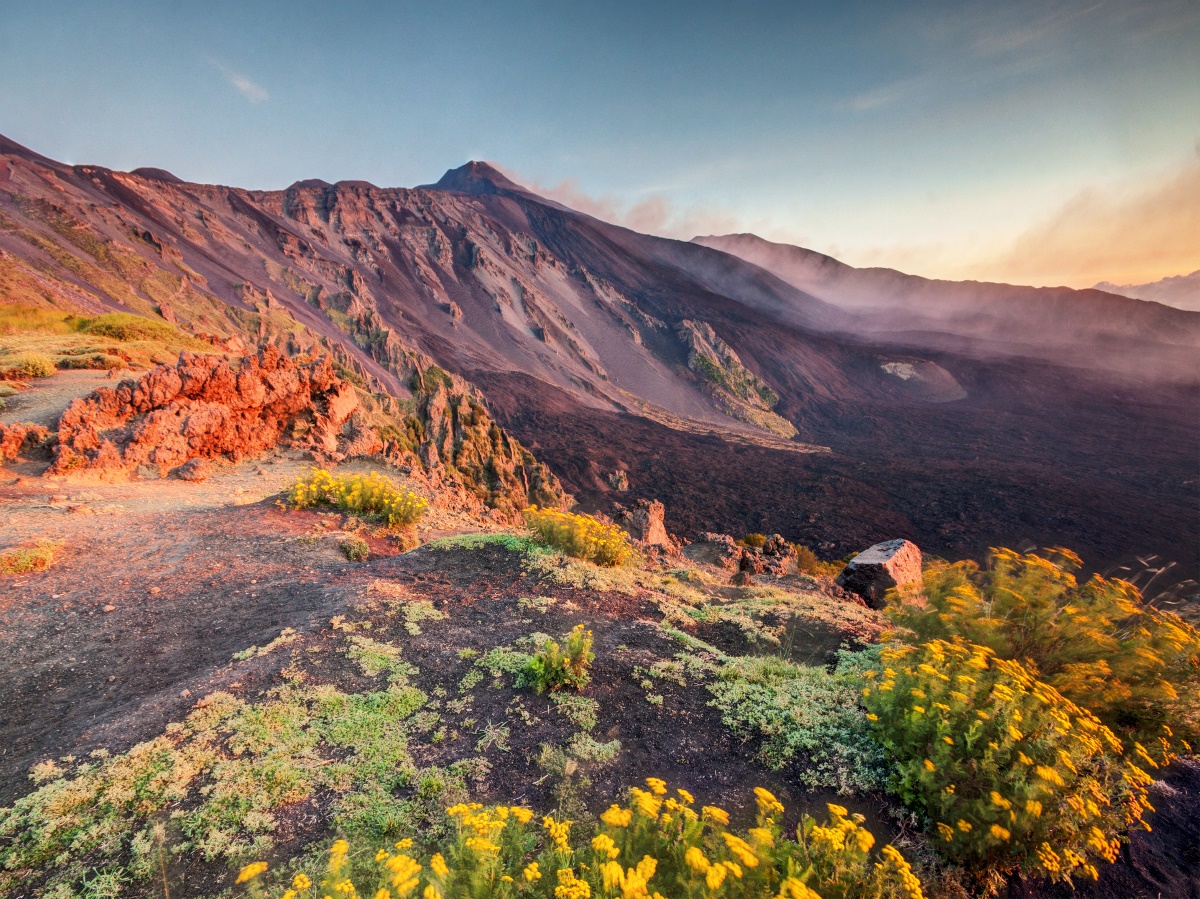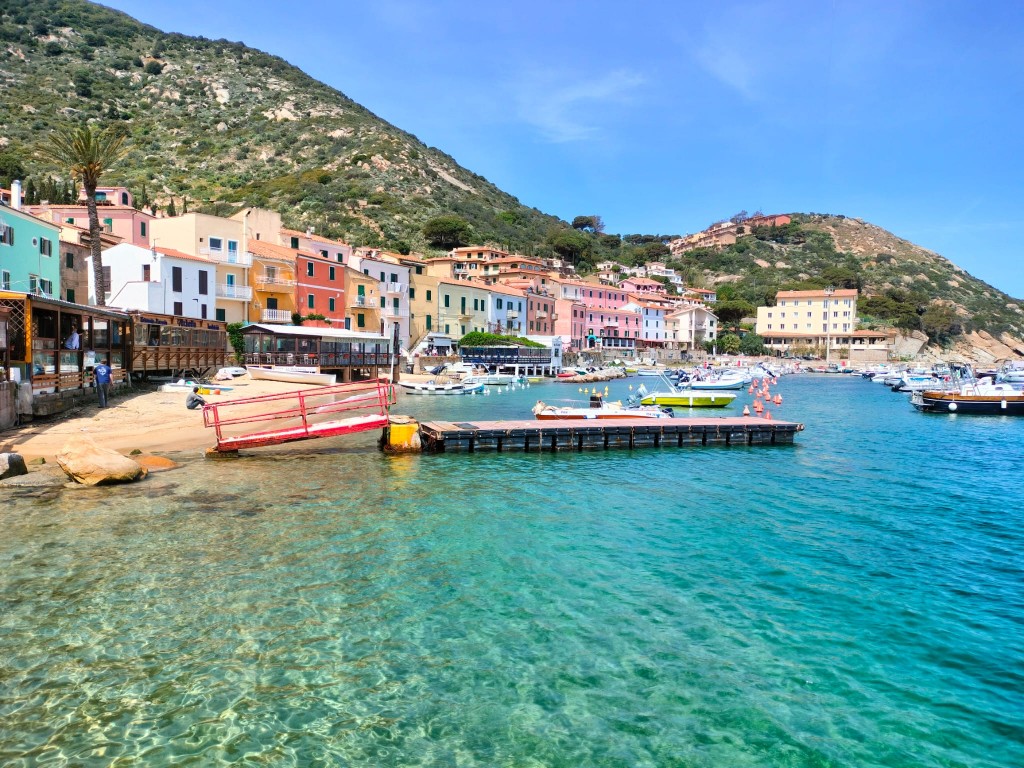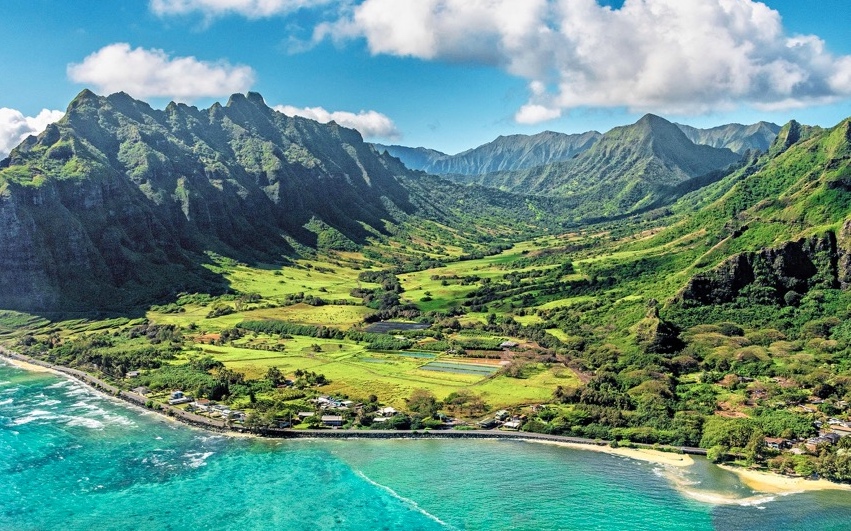The ACTA awards ceremony (Archaeological and Cultural Tourism Awards) was held at the Palacongressi in Florence. Now in its second edition, ACTA is the journalistic prize of Italian Tourist Press Group (GIST) dedicated to archaeological and cultural tourism. Conceived by journalist Clara Svanera, who is its president, and sponsored by Toscana Promozione Turistica, the prize aims to promote, enjoy and communicate cultural heritage from around the world.
The international attraction of Italian heritage
“After four important awards dedicated to communication, food and wine, sustainability and travel literature, the GIST focused on Italian and international cultural heritage, which has become and will be increasingly a reason for tourist attraction and a strong element of territorial promotion. “, he explains Sabrina Talarico president of GIST. He believed it too Tuscany tourist promotion who supported him for the second year in a row.
The director Francesco Tapinassi emphasizes that “For Tuscany, the combination of culture and tourism is the distinctive feature of our destination, which has always been recognized as a land of beauty. Thanks to the promotion of cultural and archaeological heritage, quality, conscious and sustainable tourism can be promoted.
For attentive, demanding and informed travelers
“The idea of introducing an award that places Italian and world cultural and archaeological heritage at the center was born from the need to highlight the daily work that different categories of professionals dedicate to its valorization.
Cultural tourism is aimed at an attentive, demanding and above all conscious traveler, who wishes to discover the territory: the challenge of cultural tourism is to offer all this beauty without limits, making it accessible to the traveler and that of travel journalists from communicate it, transmitting a look full of enchantment to readers”, concludes the president of the prize, Clara Svanera.
The ACTA prize categories
ACTA rewards four categories: information service, museum, archaeological site, UNESCO site. Everyone receives two prizes, one for Italy and one for abroad.
In addition, a special prize is awarded to the best broadcaster for institutional, scientific, artistic or planning support of Italian or international cultural heritage and since this year has been added a second special prize dedicated to the best broadcaster of “knowledge” classified as heritage intangible of UNESCO: “Women and knowledge”.
The applications were evaluated by the Prize jury, made up of a team of journalists experts in culture, art and archaeology.


The winners, category by category
BEST JOURNALISTIC SERVICE
Italy: Dania Mondini with “Illicit trafficking in art objects” – Special TG1 – November 5, 2023
The service, extensive and documented, focuses on the activities of Carabinieri Heritage and Culture Protection Unit, born in 1969. An excellent defense to fight against the illicit market for works of art, the fourth largest in the world in terms of value. Dania Mondini looks at some important discoveries of stolen archaeological finds.
He then focuses on the current “weight” of the archaeo-mafia and the dark web, by interviewing police officers, magistrates, “repentant” grave robbers, art dealers and by reconstituting a representative sample of this underground world and the importance of the investigative activity of the Unit which, over the last 18 months, has made it possible to recover, in the archaeological and paleontological sector alone, around 45,000 objects.
Abroad: Elisabetta Povoledo with “When She Visits Michelangelo’s David, She Brings a Feather Duster” – New York Times November 28, 2022
With grace and skill, Elisabetta Povoledo presents to the American public the daily activities of maintenance and cleaning of Uffizi Museum. Based on the assertion that it is the best work in the world, according to the restorer Éléonora Puccithe one who requires him to periodically dust off the statue of David with broad, light movements, the item focuses not on major restorations but on the sometimes curious activities aimed at keeping the museum's great masterpieces clean, checking and dusting statues, paintings and frames to looking for the slightest sign of deterioration.
BEST MUSEUM
Italy: BARGELLO MUSEUMS
A unique example of beauty and heritage protection. It is a set of five monumental buildings, symbolic places of the civil and religious life of Florence from the 14th century, which preserve the masterpieces of Renaissance sculpture.
This is also part of it Orsanmichele complex, which, thanks to an intervention of 400 days, recently returned to the public the usefulness of the Church and the Museum, with 1800 square meters of area, in a completely renovated appearance.
Another very valuable element of the complex are the Medici Chapelswhich in a few months attracted the attention of the global media thanks to the reopening to the public almost 50 years after its discovery, on November 15, 2023, of the Michelangelo's rooma small room containing a series of drawings attributed to Buonarroti, accessible from the New Sacristy, inside the Medici Chapels Museum.


Abroad: MUSEU DO TESOURO REAL – Lisbon (Portugal)
Architectural masterpiece, resulting from the mix between the contemporary building and the neoclassical palace, the result of an impressive museographic project.
New Royal Treasury Museumlocated in the new contemporary wing of the Ajuda National Palace, in Lisbon, former residence of the Portuguese royal family and opened to the public on June 1, 2022, permanently houses the royal treasure of the Portuguese crown, hidden since the end of the monarchy. A collection of rare value also for its historical importance.
The restoration to which the 998 pieces of the collection were subjected is commendable. No less than 22,000 precious stones were studied and 775 square meters, three floors divided into 11 sections. It is already on the list of 50 museums nominated for the “European Museum of the Year Award”.
BEST ARCHAEOLOGICAL SITE
Italy: The sanctuary rediscovered – archaeological zone of San Casciano de' Bagni
Considered the greatest Italian archaeological discovery of the last fifty years, the area has made it possible since 2019 to uncover a large sanctuary from the Roman era, dedicated to the curative and saving properties of thermal waters, and grafted onto an earlier site of the Etruscan period.
From the excavations have been recovered dozens of votive bronzes, inside the basin, thousands of coins and a monumental marble statue of Apollo. And we're only at the beginning, they say Mayor Agnese Carlettme, the scientific director Jacopo Tabolli and the director of excavations Emmanuelle Mariottiat the head of a large team of archaeologists, students and doctoral students.
SEE ALSO: San Casciano, the greatest Italian archaeological discovery of the last fifty years
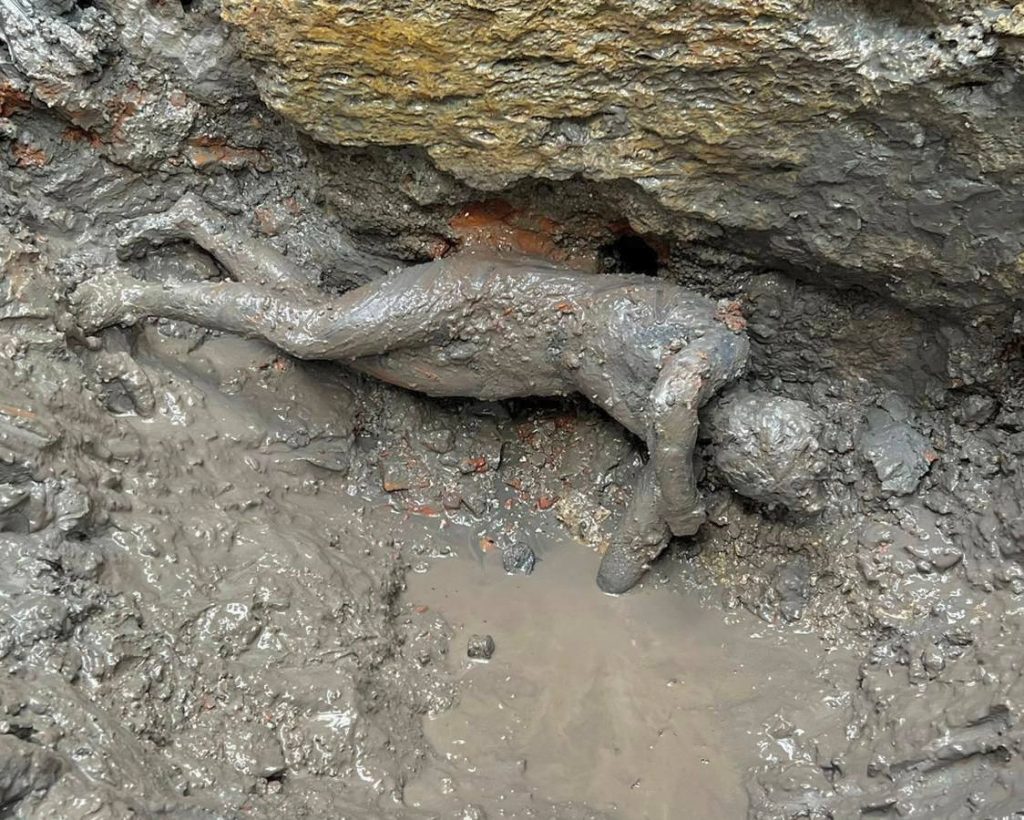

Abroad: Jerash – Gerasa
Jerash, with over 6,500 years of history, is one of the oldest cities in Jordan. It represents one of the best preserved Roman archaeological sites in the world, so much so that it is considered the “Pompeii of the East”.
Originally known as Gerasa, General Pompey, in 63 BC. C transformed it into the most important city belonging to the Decapolis of the Middle East. This vast 800 hectare complex is home to majestic ruins which bear witness to the urban organization of the 1st and 2nd centuries.
Among the country's most important tourist attractions, it is a place of continuing archaeological study.
BEST SITE UNESCO SITE
Italy: The Royal Palace of Caserta
A great example of Baroque architecture, the work of Luigi Vanvitelli, since 1997 the Palace has been included in the World Heritage for the sumptuous palace and for the naturalistic context which includes the park, the industrial complex of San Leucio and the Carolino aqueduct, an infrastructure connecting the palace, gardens and factories.
It is therefore a cultural landscape open to the public, accessible, inclusive and the museums also promote diversity and sustainability, as the palace director says: Tiziana Maffei, which looks to the future with the SEMI – Development and Business Wonder project, aiming to enhance the complex not only in artistic and cultural terms, but also in terms of production and development.
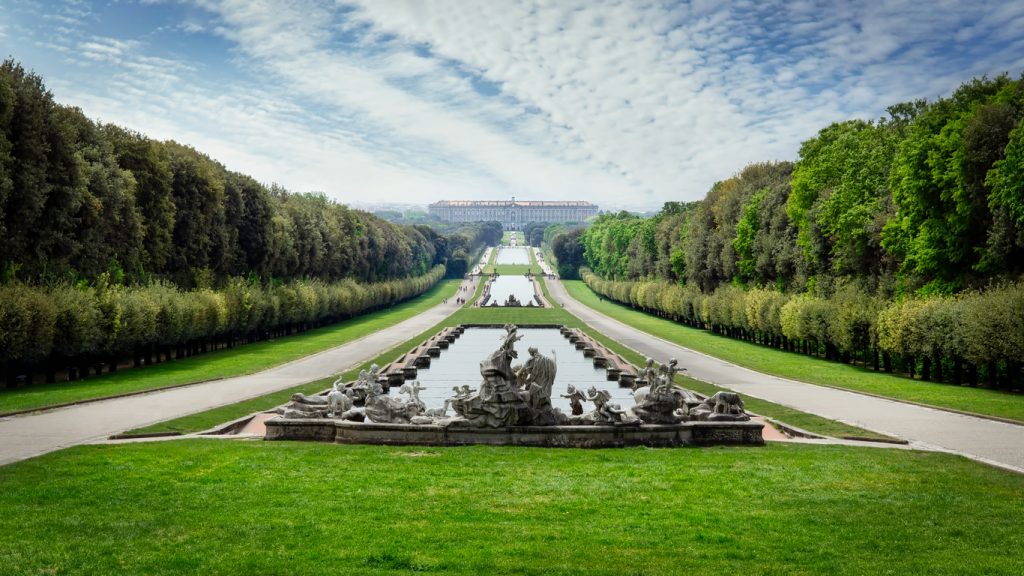

Abroad: Valletta
Capital of Malta, it is a city with millennial charm, a crossroads of dominations but which since its refoundation in 1566 by the Knights of Saint John, has undergone numerous reconstruction projects, thus becoming a city in perpetual movement. evolution.
Conceived in the 16th century as a holistic creation of the late Renaissance, with a uniform grid plan inside fortified and bastioned walls, it is currently the protagonist of projects signed by world architects, such as the Valletta City Gate, a project designed by Renzo Piano which is redeveloping the entire entrance area of Valletta.
The main objective is to bring historical and architectural heritage back to the forefront and create new cultural and civic spaces. It has also transformed into one of the main attractions of cultural tourism, notably thanks to its choice as a cinema setting. From the sequel to the 2000 blockbuster Gladiator, scheduled for release in late 2024, and Ridley's new film, Napoleon.
SPECIAL PRICES
For the dissemination of cultural and archaeological heritage: Eugenio Giani, president of the Tuscany Region
Committed to the forefront in disseminating the cultural heritage of his region. A man of strong cultural depth and passionate about history, he gave voice to the hidden realities of Tuscany's immense artistic and archaeological deposit, transmitting them to the national and international press through timely and engaging stories.
Author of numerous essays and books, the last of which was published last December by Giunti “Cosimo I de Medici. Father of modern Tuscany” in which he tells with scientific rigor and pleasant writing one of the most central figures in the history not only of Tuscany but also of the European Renaissance.
Women and knowledge (knowledge classified as UNESCO intangible heritage): Marisa Convento, president of the CPVV
The President of the “Committee for the Safeguarding of the Art of Venetian Glass Beads” won the special prize for her career which since 2017, in collaboration with the French association Perlier d’Art de France, has led to her recognition in 2020. the art of Venetian glass beads like, how Intangible cultural heritage of humanity. And for its continuous, intense and intelligent activity aimed at supporting the artisanal community of pearlers and pearlers, impiraresse and spinners, grinders and master glassmakers. A unique sector in the world which finds its roots in the history of the city of Venice.
